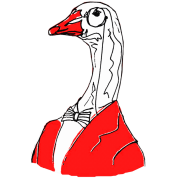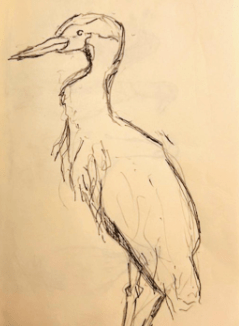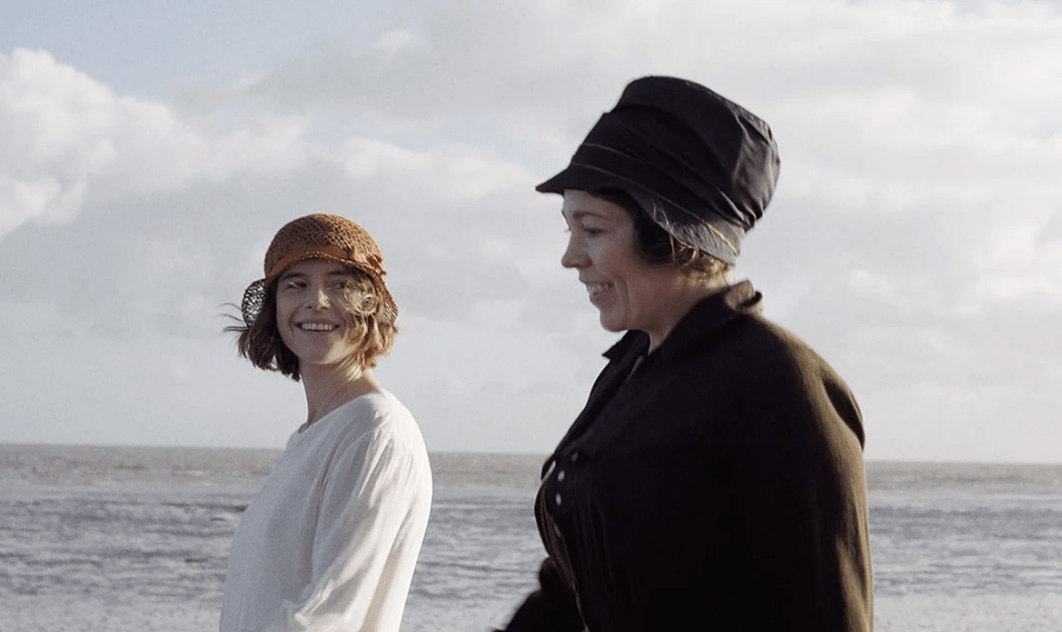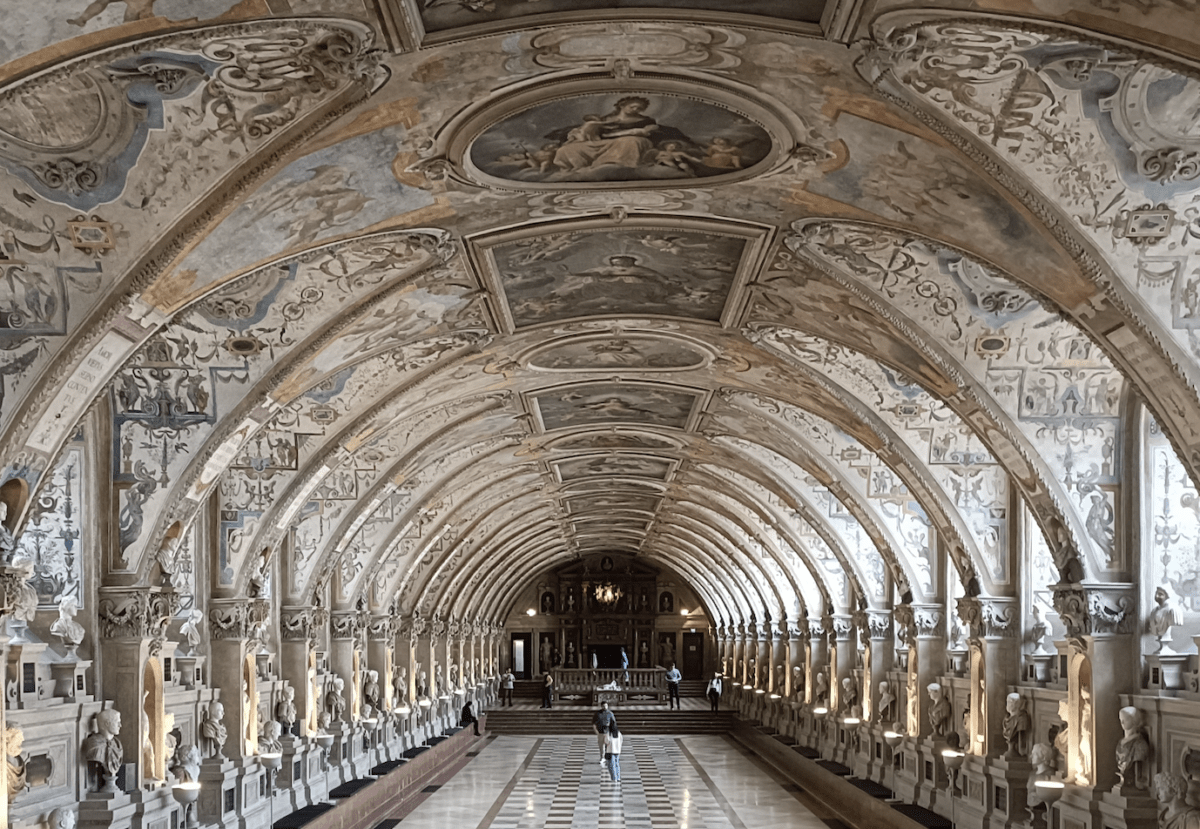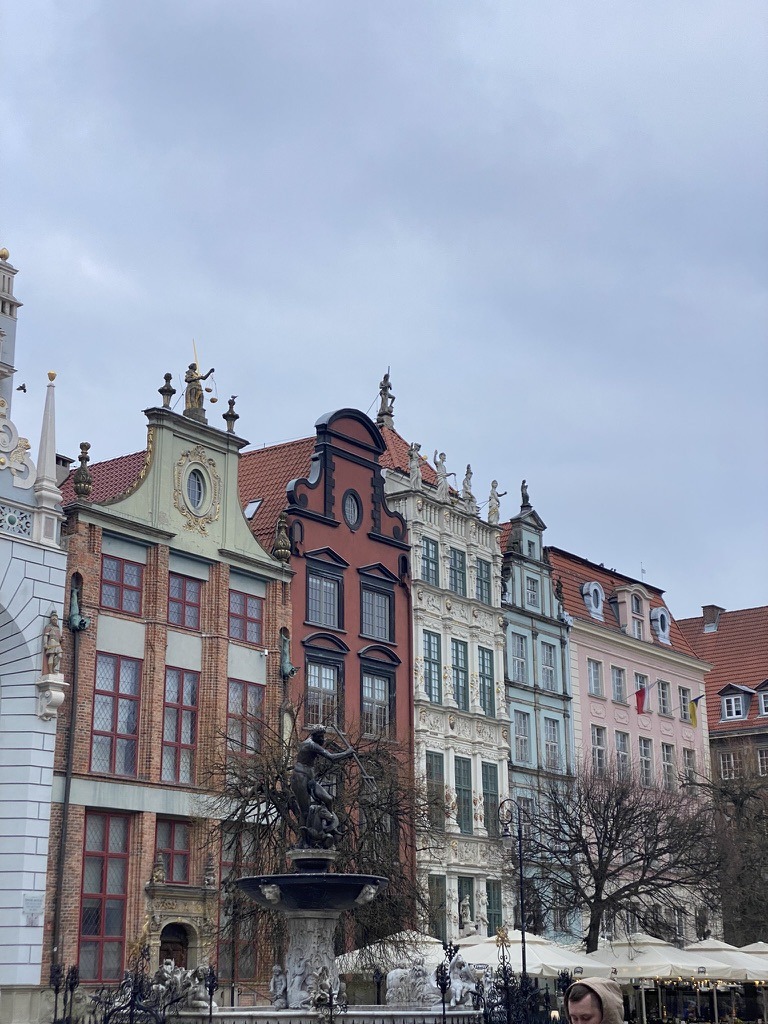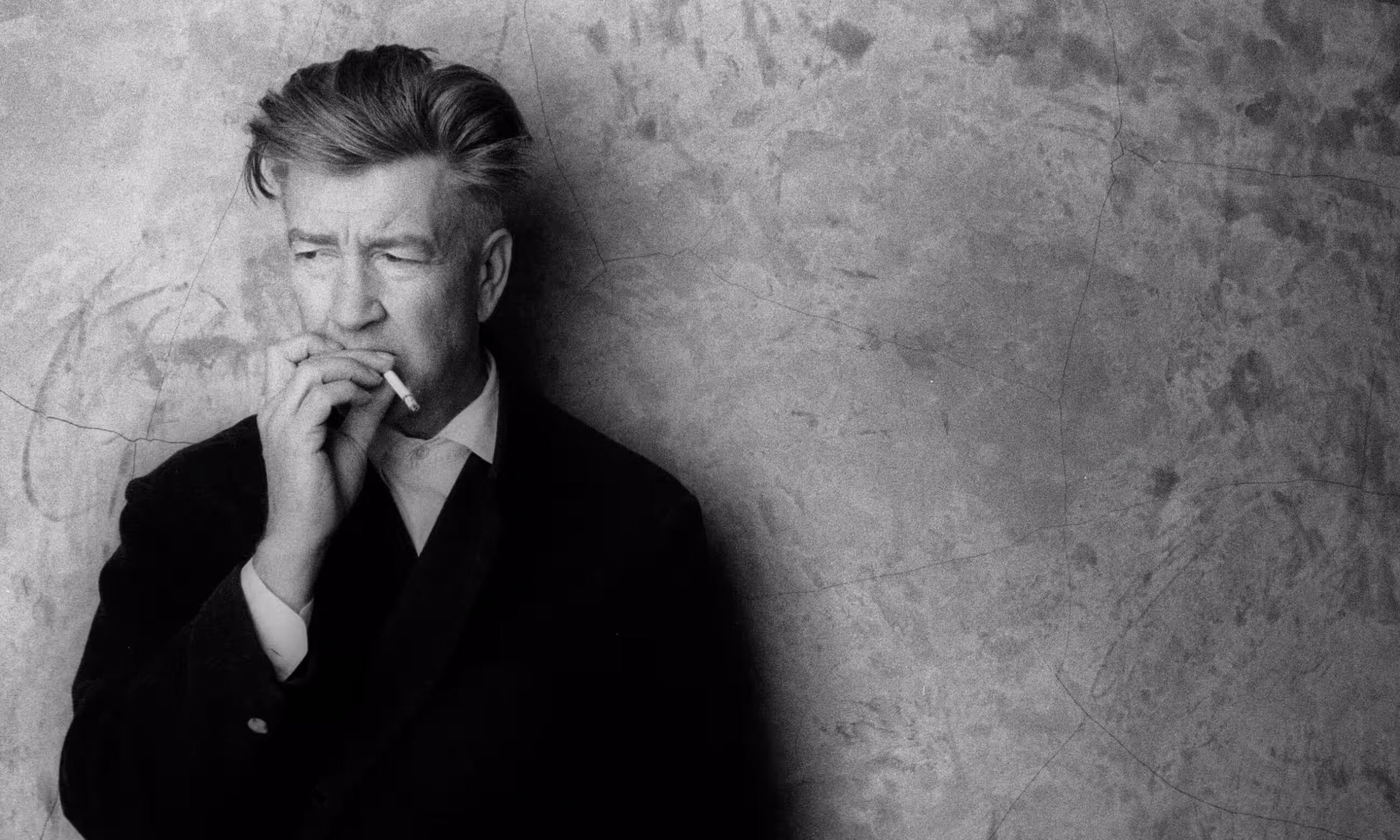By Maisie Jennings
David Lynch (1946-2025) was an American filmmaker.
I discovered David Lynch as a teenager – I was discovering cult classics, “arthouse” films, Murakami novels, and drinking red wine without grimacing. I watched Blue Velvet and was spellbound, nearly hypnotised. Masterfully, Lynch enmeshes American, white-picket-fence suburbia with dangerous and seductive forces – a distinctive thematic quality across his body of work. The terror Lynch constructs is existential; it probes the fragility of the everyday, piercing the mundane with ostensibly unnatural evil. At the same time, he locates this fear within, arguably, some of the most beautiful shots in cinema, and amongst whimsically playful moments of campy humour. This, I think, is why Lynch’s work, transfixes and intoxicates like a lucid dream and, simultaneously, reverberates in our minds like a terrible nightmare. He undercuts horror with glimmers of hope, offering some light in worlds that seem bereft of it. For me, he completely transformed the way I interacted with art, and taught me that strangeness could be a boundless repository of creativity.
In an interview with the Guardian in 2018, after the release of Twin Peaks: The Return in 2017, Lynch speaks plainly: “I was never a movie buff. I like to make movies. I like to work. I don’t really like to go out.”. Expressed in typically gnomic fashion, Lynch’s blithe response is somewhat unexpected from one of cinema’s greats. In another interview, he lists the films that inspired him: the works of Godard, Kubrick, Fellini, and Bergman. However, Lynch, delighted by the ephemeral slipperiness of ideas, explains that inspiration is often captured in the “24/7 movie” of life, and not conjured or created by the realm of film. “The whole thing”, for Lynch, “is translating that idea to a medium”. His 2006 book Catching the Big Fish: Meditation, Consciousness, and Creativity, outlines his creative approach:
‘Ideas are like fish.
If you want to catch little fish, you can stay in the shallow water. But if you want to catch the big fish, you’ve got to go deeper.
Down deep, the fish are more powerful and more pure. They’re huge and abstract. And they’re very beautiful.’
It is a characteristically elusive metaphor. Lynch goes on to elaborate that ‘going deeper’ means to access an expanded state of consciousness via Transcendental Meditation, a practice he began in 1973 during the production of his first feature film, Eraserhead. Though Lynch certainly did lean towards the wacky persona he became associated with, his wisdom is gentle and serious. More than anything, Lynch lived for his work – the deeply introspective process of art-making.
David Lynch was born in Montana in 1946, and his childhood was spent mostly in transit due to his father’s job as a tree surgeon with the United States Department of Agriculture. It was an all-American upbringing; Lynch was a Boy Scout and his family pinged about happily between towns in the Pacific Northwest, Idaho, and Virginia. He reminisces, however, on a particularly striking image from his childhood:
‘[My youth] was a dream world, those droning airplanes, blue skies, picket fences, green grass, cherry trees. Middle America as it was supposed to be. But then on the cherry tree would be this pitch oozing out, some of it black, some of it yellow, and there were millions and millions of red ants racing all over the sticky pitch, all over the tree. So you see, there’s this beautiful world and you just look a little bit closer and it’s all red ants’.
This memory constitutes the opening scene of Blue Velvet – a bright blue sky, white picket fence, and pristine red roses subsequently disturbed by the camera’s focus on the squirming insects on the ground below. Lynch’s surrealist Americana had always been implanted from the landscapes of his childhood – doubtlessly his time spent in Spokane, Washington influenced the mystical lumbertown of Twin Peaks – as ever, it is reflective of his ability to catch the big fish of ideas and translate them into works of art.
In the 1960s, Lynch went to art school in Philidelphia. He found the city to be a sort of industrial hellscape – ‘There was violence and hate and filth. But the biggest inspiration in my whole life was that city’. After his daughter was born and Lynch moved his family to Los Angeles in 1971, it took Lynch another five years to complete his first feature-length film Eraserhead; he dubbed it his ‘Philadephia story’. The success of Eraserhead lead Lynch towards a brief, but phenomenally impactful, foray with mainstream, blockbuster cinema. He was approached to direct Jonathan Sanger and Mel Brooks’ The Elephant Man – a biopic starring John Hurt as Joseph Merrick, a severely disfigured man who became a Victorian object of curiosity. The film was nominated for eight Oscars, and Lynch was hired to create a film adaptation of Frank Herbert’s epic science fiction novel Dune, kickstarting his collaboration and enduring friendship with actor Kyle MacLachlan. Dune was a notorious commercial and critical disaster – Lynch was unhappy with the heavy postproduction cuts of his footage and the experience further alienated him from pursuing a conventional Hollywood career.
In 1986, Lynch released Blue Velvet – cementing him as cinema’s psychosexual and surrealist auteur. The film also established Lynch’s use of recurring cast members and his small, exclusive pool of creative collaborators. Most notably, perhaps, was his partnership with composer Angelo Badalamenti, who created the dreamlike scores to Lynch’s most iconic projects. After Blue Velvet, Lynch got to work on Twin Peaks, extending Lynch’s visual corpus into prime-time television. Twin Peaks aired in 1990, and since then, I think, it remains the most enchanting, thrilling, and entirely matchless American TV drama. The series follows FBI Agent Dale Cooper (another role played and shaped by MacLachlan) to the fictional Pacific Northwest town of Twin Peaks as he leads the investigation into the murder of high school sweetheart Laura Palmer (Sheryl Lee). Its release and sensational reception marked a decisive turning point in television drama – the deliberate, steady pacing, uncanny tone, and surrealist turns influenced other iconic shows like The X-Files, Breaking Bad, and Mad Men, to name a small few. Although it was precipitously cancelled after the second season, Twin Peaks proved that television could be a challenging, provocative medium.
Twin Peaks: Fire Walk With Me, the feature-film prequel to the series, was released in 1992; it cast much darker, devastating shadows than the off-kilter folksiness of Twin Peaks. The film signified Lynch’s refusal to satisfy his audience’s lingering questions, instead, he unearths the true evil within the town – rather than the cosmic, metaphysical forces in the woods, the horror of Fire Walk With Me is found in the home, inside the torment of Laura Palmer. It is a shuddering crescendo of sorrow, and, in my opinion, Lynch’s masterpiece.
Lynch returned to the psychological thriller in 1997 with the release of Lost Highway, starring Bill Pullman and Patricia Arquette as a couple who receive mysterious videotapes of themselves inside their home. The film is labyrinthine and dense with potential explanations, and potentially Lynch’s coolest, sexiest mindfuck. In 2001, Lynch’s Mulholland Drive further disturbs the conventions of the neo-noir – deconstructing fantasy by layering dreams and illusions. Initially, Lynch has intended for it to be a series and a pilot was shot, immediately cancelled, and then adapted by Lynch into a feature-film. Despite its shaky start, it proved to be another enormous critical success – owing, I think, to its endlessly interpretive nature, and Lynch’s frustration of the audience’s desire for diagetic narration. We become the detective, and Lynch’s neo-noirs do not so much defy interpretation and explanation as they mire us in them.
In recent years, Lynch had retreated from making feature-films. 2017 saw the release of the third season of Twin Peaks – a powerful 18-hour nosedive into the depths of surrealism, beginning with the endless reverberations of Laura Palmer’s bone-chilling scream. It underscores, for me, how woefully insufficient language is to express the mysterious forces of existence that Twin Peaks reveals and obscures. I was deeply touched by Kyle Maclachlan’s tribute to Lynch in The New York Times; he explains that Lynch was not just a filmmaker, but an artist concerned with languageless mediums, existing within the world of feeling and the unconscious – the deepest depths of a unified, creative ocean. It’s why Lynch’s films are so brilliant. He was a painter, and he was enthralled by the idea that you could add texture, sounds, and smells to an image. Almost, I think, like experiencing the senses in a dream.
